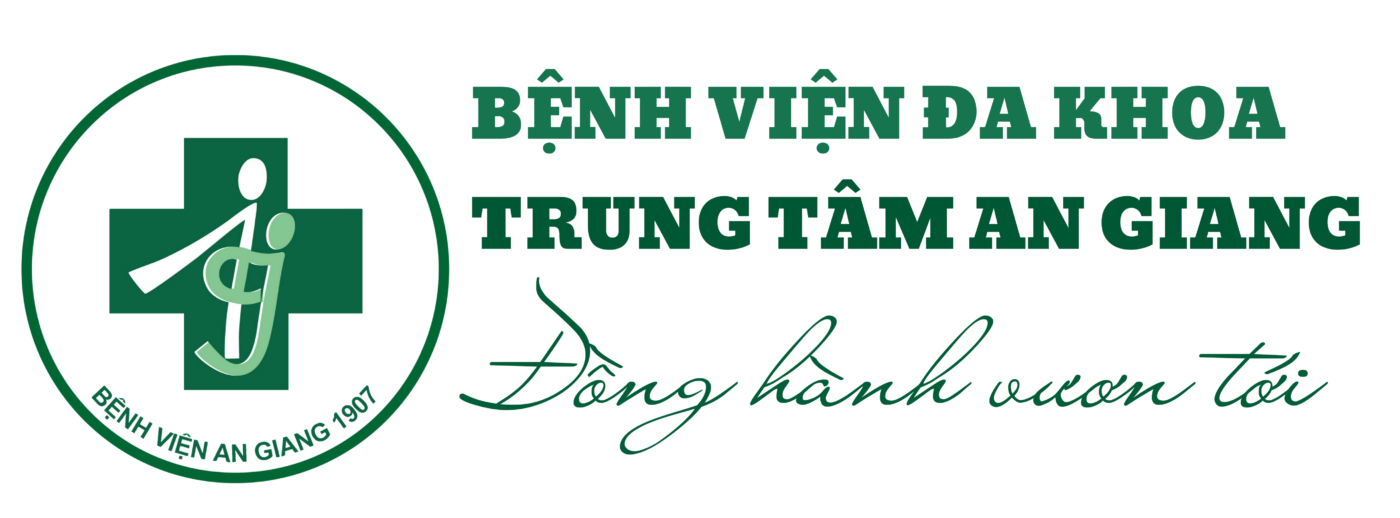Cochrane Database Syst Rev. 2007 Jan 24;(1):CD004881.
Blom D, Ermers M, Bont L, van Aalderen WM, van Woensel JB.
Emma Children’s Hospital, Pediatrics, Meibergdreef 9, Amsterdam, Netherlands, 1105 AZ.d.j.blom@amc.uva.nl
BACKGROUND: Acute bronchiolitis in infants and young children is associated with long-term airway disease also known as post-bronchiolitic wheezing. Two major hypotheses have been proposed to explain the association between bronchiolitis and PBW. The first hypothesis considers bronchiolitis to be the first manifestation of recurrent wheezing in infants and children who are susceptible to obstructive airway disease. The second hypothesis suggests that the infection and concomitant inflammatory reaction in the acute phase leads to airway epithelium injury resulting in long-term obstructive airway disease. In line with the latter hypothesis, corticosteroids may have a beneficial effect on the prevention of post-bronchiolitic wheezing.
OBJECTIVES: The objective of this review was to evaluate the effect of inhaled corticosteroids, started during the acute phase of bronchiolitis, on the prevention of post-bronchiolitic wheezing.
SEARCH STRATEGY: We searched the Cochrane Central Register of Controlled Trials (CENTRAL) (The Cochrane Library Issue 3, 2006) which contains the Cochrane Acute Respiratory Infections Group’s trials register, MEDLINE (1966 to September 2006), EMBASE (1980 to September 2006) and Current Contents (September 2006). Abstracts and reports of congresses (ERS 1999 to September 2005, ATS 1999 to September 2005) were obtained. We contacted experts in the field and pharmaceutical companies for ongoing or unpublished studies.
SELECTION CRITERIA: Randomised placebo-controlled trials studying the effect of inhaled corticosteroids in children younger than two years of age with the clinical diagnosis of acute bronchiolitis were included.
DATA COLLECTION AND ANALYSIS: Two authors independently extracted data and assessed trial quality using the Jadad 5-point scale.
MAIN RESULTS: Five studies matched the inclusion criteria, with a median Jadad score of 4 (Inter Quartile Range 3 to 4), involving 374 infants. Pooling of the data was limited, due to the clinical diversity of the studies. However, no effect of inhaled corticosteroids in the prevention of wheezing (diary records or GP diagnosed), hospital re-admissions or use of corticosteroids or bronchodilators could be demonstrated. Duration of therapy, length of follow up or causative agent (respiratory syncytial virus or not) did not influence the pooled effect. In the three studies that also evaluated the adverse events, none were reported.
AUTHORS’ CONCLUSIONS: This review does not demonstrate an effect of inhaled corticosteroids given during the acute phase of bronchiolitis in the prevention of post-bronchiolitic wheezing. The small number of included participants and the inability to pool all clinical outcomes precludes us from making strong recommendations.





